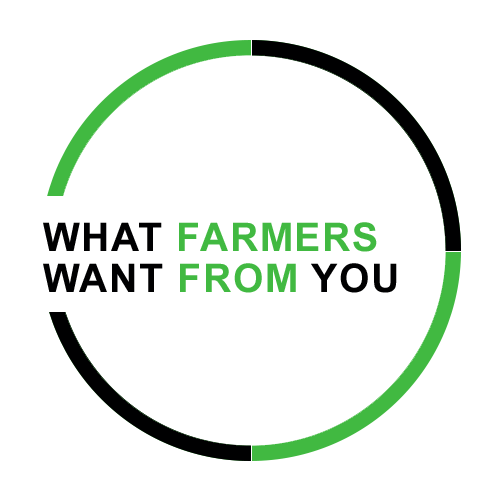 Precision Ag Technologies: When it comes to precision technology, Wenning keeps it pretty basic. But the tools he does use play an essential role in keeping his operation efficient and productive. One of Wenning’s main tools is his Loup Electronics yield monitor.
Precision Ag Technologies: When it comes to precision technology, Wenning keeps it pretty basic. But the tools he does use play an essential role in keeping his operation efficient and productive. One of Wenning’s main tools is his Loup Electronics yield monitor.
“My yield monitor is used to track and compare the agronomic things we’re testing out such as hybrids, different planting populations and fertilizer rates,” he says. “It’s also how I identify the areas of my field that are not performing to their potential.”
Low-producing acres are noted and Wenning targets those areas for more in depth soil testing and observation to determine why they’re not performing. He also soil samples on a 2.5-acre grid and uses that information to make manually controlled variable rate applications of lime and fertilizer with the spreader or strip-till unit depending on the crop.
“The yield monitor helps me to identify areas that need sampled and then, if everything is in good shape and it’s well drained I can determine that it’s not capable of high production and doesn’t need as much fertilizer,” he says. “I can then focus my inputs on acres that can produce more.”
Wenning also uses 5-section autoboom shutoffs operated by a Hiniker controller to reduce overlap and skips in fields often intersected by waterways.
Point Of Pain: Shaking off the rust and getting started every year
Wenning uses precision technology, but, like many of his peers, he’s not a ‘techie’. Reading the manuals doesn’t always yield answers due to technical jargon.

Roger Wenning has a Hiniker spray controller connected to an Outback GPS lightbar with Auto Mate.
“I think my monitors and controllers are capable of more than what I’m doing with them, but reading and understanding the books doesn’t get me anywhere,” he says. “I’m just not one of those guys that’s really good at figuring out the technology.”
It takes valuable time to reacquaint himself with the sprayer and autoboom system when he gets back in the field each year.
“It’s always hard to remember the sequence you’re supposed to do things in, what buttons to push when and what switches to flip,” he says.
His solution is a combination of annual dealer-provided training and basic quick start guides that could be kept in the cab.
What Farmers Want From You is a series of farmer profiles that examine the scope of precision farming tools individual farmers are using on their operation, along with the frustrations that can occur with adopting new technology and how dealers can alleviate those "points of pain" for farm customers. For the latest additions to the series, visit our What Farmers Want From You feed.
“I wish there was a paper that very simply stated how to get up and going,” Wenning says. “Step A, turn on. Step B, outline the field, and so on. It also would be nice to have small group refresher trainings every year just before we head to the field.”
Following that up with a more advanced mid-season training would provide even more benefit, he says.
“You would be able to get comfortable with the basics and operating the equipment again and then go back to learn about what else you could be doing to build your skill set and get more from your investment,” Wenning says. “The best situation would be to keep the groups small so you could actually interact with the experts.”
Not all manuals are getting it wrong, though. Wenning notes that his Kinze planter monitor manual is very user friendly.
“It came with a full manual and then a smaller, plastic book that I can keep in the tractor cab that has quick guides and charts for doing the most common things,” he says. “If we could see more of that and get more hands-on training I think it would be a great help.”




![[Technology Corner] Autonomy & Robotics Take Center Stage](https://www.precisionfarmingdealer.com/ext/resources/2026/01/12/Autonomy--Robotics-Take-Center-Stage.webp?height=290&t=1768253759&width=400)


